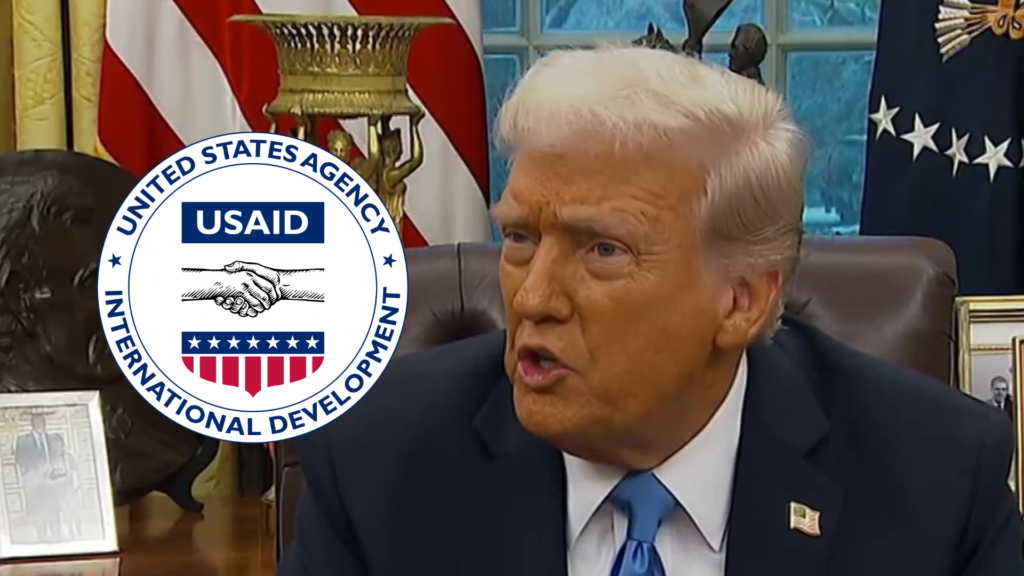
The Trump administration announced on Sunday that it is cutting 2,000 positions at the U.S. Agency for International Development (USAID) and placing nearly all remaining staff worldwide on administrative leave, according to The Associated Press.
This decision comes after U.S. District Judge Carl Nichols ruled in favor of the administration’s plan to remove thousands of USAID employees. Nichols denied a request to extend a temporary stay that had been in place as part of an ongoing lawsuit filed by agency employees.
Notices informing personnel of the changes were sent out and reviewed by AP. The directive stated that, as of 11:59 p.m. EST on Sunday, February 23, 2025, all USAID direct-hire personnel would be placed on administrative leave unless they were specifically designated as essential.
According to the notice, exceptions would be made for personnel responsible for mission-critical functions, core leadership, and certain designated programs. However, the majority of the agency’s global workforce is expected to be impacted.
The administration’s decision to significantly downsize USAID marks one of the most drastic restructuring efforts within a federal agency in recent years. The move aligns with Trump’s long-standing criticism of foreign aid spending and his push to reduce U.S. involvement in international development programs.
Supporters of the cuts argue that USAID has become bloated and inefficient, spending billions of taxpayer dollars on programs that do not always align with U.S. interests.
However, critics warn that gutting the agency will weaken America’s global influence, hinder humanitarian efforts, and leave developing nations more vulnerable.
The reduction in staff could also have significant implications for ongoing projects, including disaster relief, economic development initiatives, and health programs in some of the world’s most vulnerable regions.
Legal challenges to the decision are expected to continue, as USAID employees and advocacy groups push back against what they view as a politically motivated purge. However, with Nichols’ ruling, the administration now has the legal authority to move forward with its plan.
This is an evolving story, and updates are expected as further details emerge.

